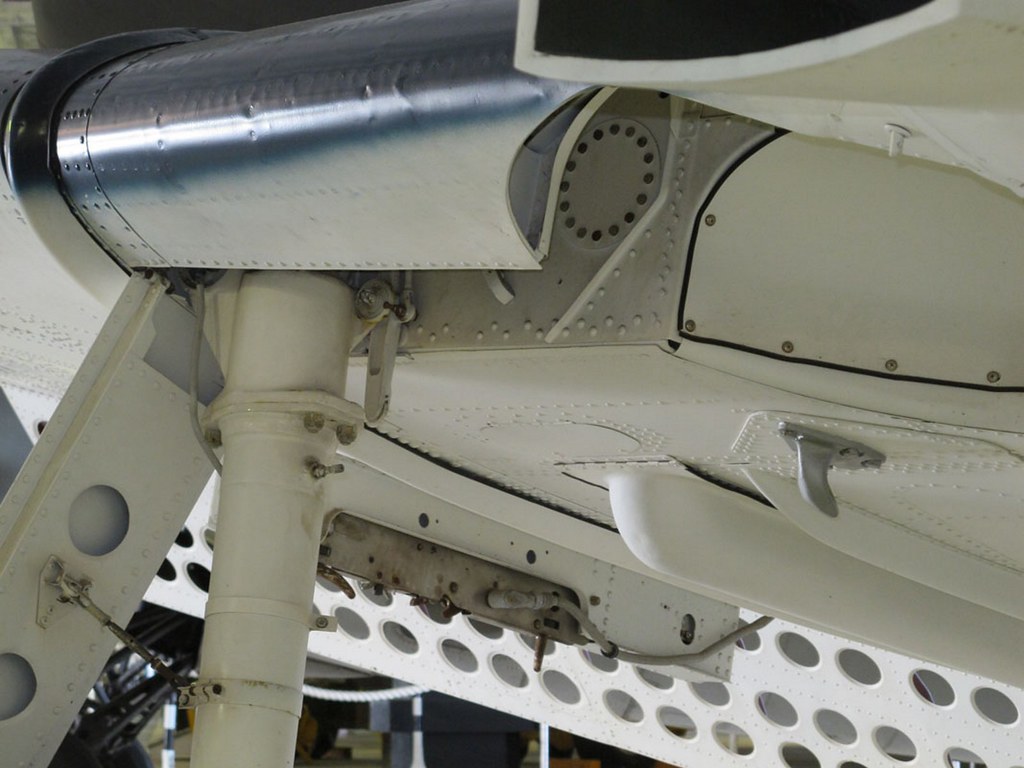
The restoration crews tried to salvage as much of the original as possible, but in the end virtually all of the instruments had to be remade.Īfter more than a year of work, the SBD was completed-but not in Navy colors. The cockpit section turned out to be particularly difficult to reconstruct.

Wherever the metal had not made contact with the bottom of the lake, it cleaned up well and looked almost new once the crew had finished with it. One of the most pleasant surprises was the excellent quality of the aluminum used by Douglas Aircraft to build the Dauntless. Even though the acetate cover on the board was yellowed from time and the effects of the lake water, distinct pencil markings were still visible, indicating where the pilot would find the carrier and the heading he was to fly to intercept the vessel. The restorers decided that the underwear must have been put in the compartment as a joke.Īnother item found on board was one of the crew’s mapping boards. When the restorer opened the compartment, a pair of ladies’ bloomers fell out. For example, one of the restorers came across a watertight compartment while he was removing the aluminum from the center section of the wing (the Navy had designed this compartment to help keep the aircraft afloat after a water landing, in order to give crew members time to evacuate the aircraft before it sank). There were a few surprises during the renovation. The wing ribs, however, proved to be salvageable. The metal on the wings also showed signs of severe decay, damage from the crash and electrolysis caused by the aluminum reacting to minerals in the lake water. Due to contact with the lake bed and the crash, the aluminum on the underside of the fuselage had to be removed and replaced. When found, the Dauntless had been resting on its belly on the lake bottom. The first task in the restoration was to wash out all the dirt and silt that remained inside the dive bomber-nearly 1,000 pounds of mud and debris. The partially disassembled aircraft was loaded on a flatbed trailer and trucked to a restoration facility near Jacksonville, Fla., for the year-long project. The National Museum of Naval Aviation took charge of the recovered Dauntless and contracted with Black Shadow Aviation to do a complete restoration. Some of those students had received training at Glenview Naval Air Station, in the northwest suburbs of Chicago. They did, however, provide a suitable substitute in the qualifying of as many as 15,000 pilots for operations on ships serving in the battle zones. With 550-foot flight decks lying comparatively low over the lake waters, Wolverine and Sable were a far cry from frontline vessels. During the war years, the Navy had converted two old paddle-wheel, coal-burning steamers, Sable (IX-81) and Wolverine, to a type of aircraft carrier that was used for training operations. Navy records indicate that more than 100 various carrier aircraft crashed into Lake Michigan while involved in carrier qualification exercises during WWII. The Dauntless was then taken to Crowley’s Yacht Yard, a boat storage facility on the South Side of the city, where it was partially disassembled and washed down with fresh water. Since all naval aircraft are designed to be lifted,cables were attached to the vintage dive bomber, and it was pulled to the surface. The airframe appeared to have quite a bit of damage from the crash, and the landing gear had been ripped off. In 1991, using a remotely piloted underwater vehicle, the recovery team cleared away much of the sediment and bottom debris that had accumulated in the nearly 50 years that the aircraft had rested on the floor of Lake Michigan.

Using a sonar device, the A&T team located the World War II dive bomber in about 85 feet of water near downtown Chicago. Its exact location was unknown until 1988, when it was discovered by a crew from the Chicago based firm of A&T Recovery. 10575, there is no further mention in the log of the aircraft or its disposition. (b) Numerous jagged lacerations of the face, chin and forehead.”Īs to the aircraft, Douglas Dauntless SBD-4 Bureau No. Commenced steaming on various courses at various speeds for flight operations.” The log went on to report that Ensign O’Dell suffered the following injuries: “(a) Minor contusion of right shoulder. SBD crashed into lake off starboard bow…in 70 feet of water. The log of USS Wolverine (IX-64) on September 14, 1944, listed the crash of a Douglas SBD-4 Dauntless into Lake Michigan in the usual military facts-only manner: “0935. A Dauntless SBD at Chicago’s Midway Airport Close


 0 kommentar(er)
0 kommentar(er)
